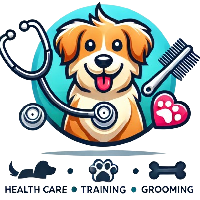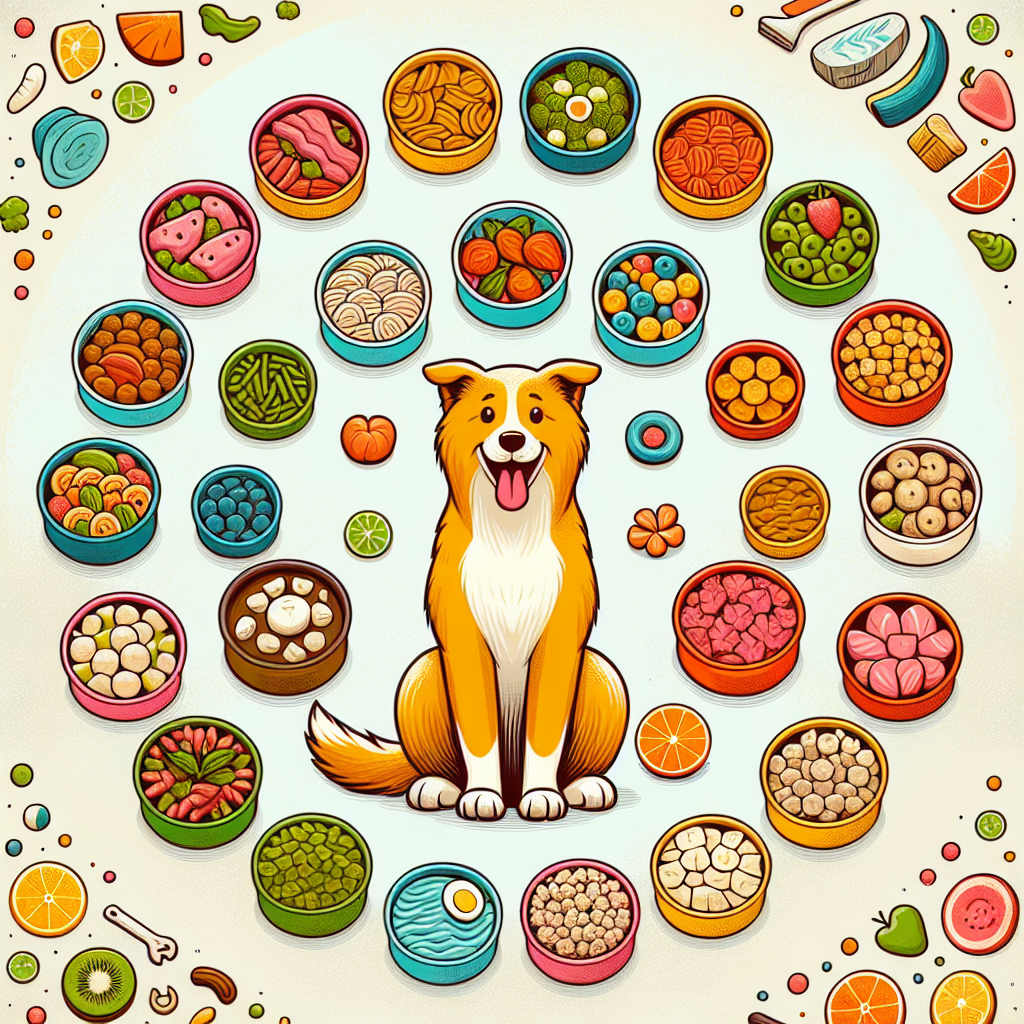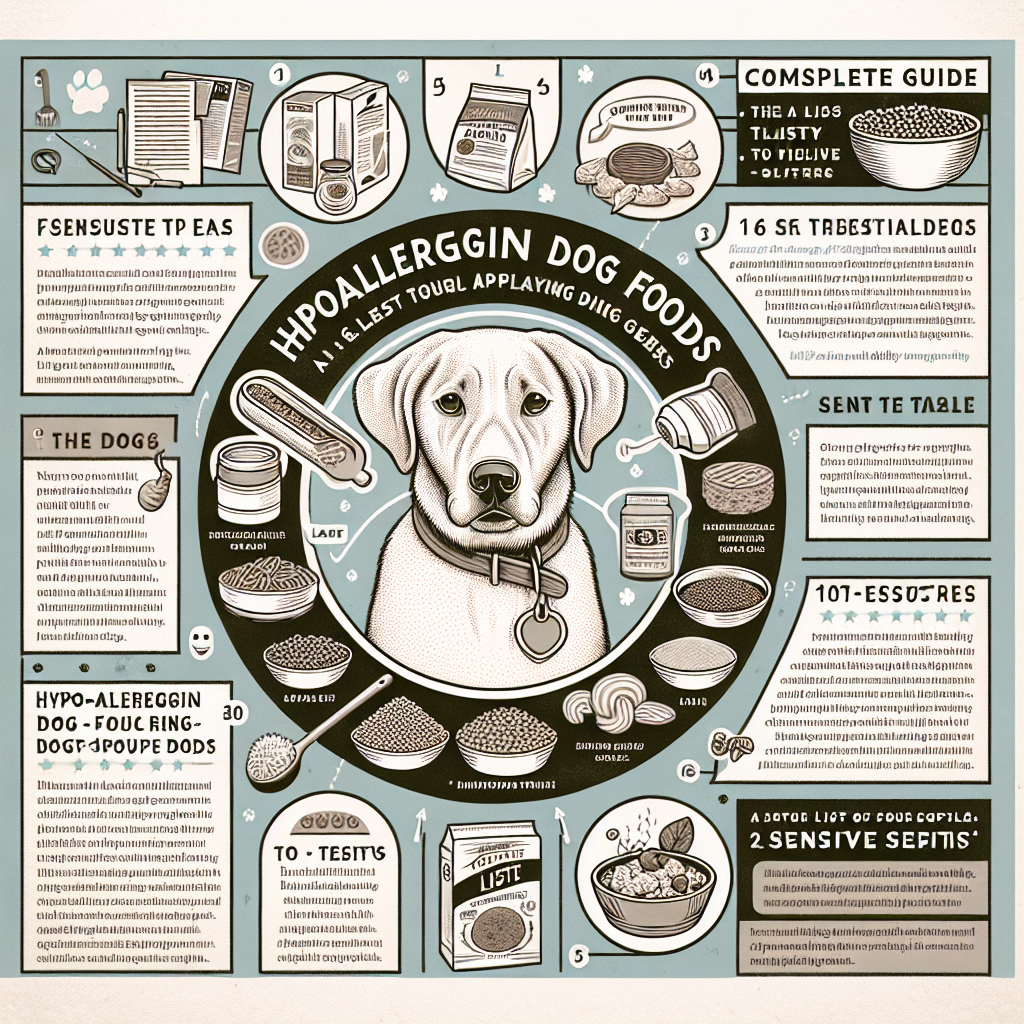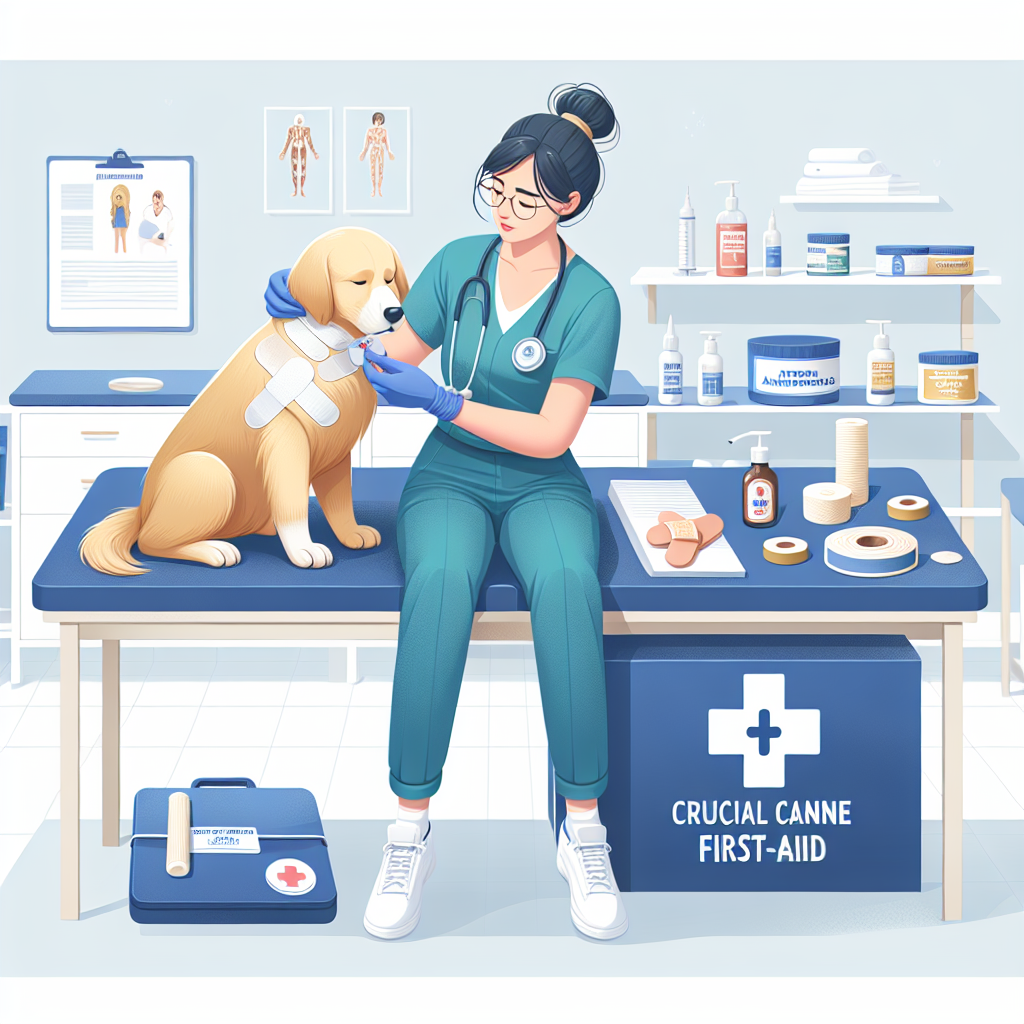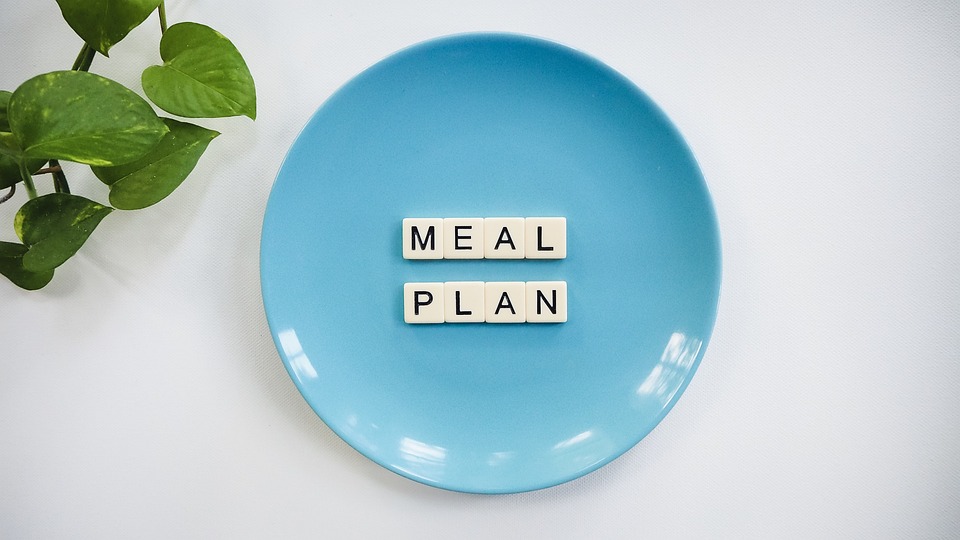
When it comes to caring for our furry friends, nutrition is one of the most critical components to focus on. A balanced and nutritious diet is essential for maintaining optimal health, boosting energy levels, and ensuring longevity. With a myriad of options available, choosing the best meal plan for your dog can be daunting. In this article, we will explore the top 10 nutritious dog meal plans that can help your pet thrive.
1. The Raw Food Diet
What is the Raw Food Diet?
The Raw Food Diet, also known as the BARF (Biologically Appropriate Raw Food) diet, consists of raw meat, bones, fruits, and vegetables. The idea behind this diet is to mimic what dogs would naturally eat in the wild.
Nutritional Benefits
- High Protein: Raw meat provides a rich source of high-quality protein necessary for muscle development and energy.
- Natural Enzymes: Raw food contains natural enzymes that aid in digestion.
- Essential Fatty Acids: Raw diets are rich in omega-3 and omega-6 fatty acids, which are crucial for skin and coat health.
Potential Concerns
- Bacterial Contamination: Raw meat can contain harmful bacteria like Salmonella or E. coli, posing a risk to both dogs and humans.
- Nutrient Imbalance: Without proper guidance, it’s easy to create a diet lacking in essential nutrients.
Best For
- Dogs with allergies to processed foods.
- Pets with gastrointestinal issues.
2. Home-Cooked Meals
What are Home-Cooked Meals?
Home-cooked meals involve preparing fresh, balanced meals using ingredients sourced from the local grocery store. This approach allows customization based on your dog’s specific needs.
Nutritional Benefits
- Control Over Ingredients: You can ensure the quality and freshness of the ingredients.
- Customization: Tailor the meals to address specific health concerns.
Potential Concerns
- Time-Consuming: Preparing balanced meals daily can be labor-intensive.
- Nutritional Deficiency: Requires careful planning to meet all dietary needs.
Best For
- Dogs with specific dietary needs.
- Owners who enjoy cooking and have the time to dedicate to meal preparation.
3. Grain-Free Diet
What is a Grain-Free Diet?
A grain-free diet eliminates grains like wheat, corn, and soy and focuses on high-quality proteins and vegetables.
Nutritional Benefits
- Improved Digestion: Ideal for dogs with grain allergies or sensitivities.
- Balanced Blood Sugar Levels: Grains can spike blood sugar, so eliminating them can be beneficial for diabetic dogs.
Potential Concerns
- Higher Cost: Grain-free dog foods are often more expensive.
- FDA Warning: Recent studies have linked some grain-free diets to heart disease in dogs.
Best For
- Dogs with grain allergies.
- Active dogs requiring high protein for energy.
4. High-Protein Diet
What is a High-Protein Diet?
A high-protein diet emphasizes meat and fish, providing 30-40% protein content, which is higher than the typical dog food.
Nutritional Benefits
- Muscle Maintenance: Essential for muscle growth and repair.
- Weight Management: Helps in maintaining a healthy weight.
Potential Concerns
- Kidney Issues: Dogs with existing kidney problems should avoid high protein intake.
- Cost: High-protein diets can be more expensive due to the quality of meat required.
Best For
- Working dogs or highly active breeds.
- Puppies and growing dogs needing extra protein.
5. Limited Ingredient Diet
What is a Limited Ingredient Diet?
This diet consists of fewer ingredients to minimize the risk of food allergies or intolerances.
Nutritional Benefits
- Hypoallergenic: Reduces the likelihood of allergic reactions.
- Easy Digestibility: Fewer ingredients make it easier for the dog’s digestive system.
Potential Concerns
- Limited Variety: May not provide a wide range of nutrients.
- Availability: May be harder to find specialized limited ingredient foods.
Best For
- Dogs with food allergies.
- Pets with sensitive stomachs.
6. Prescription Diets
What are Prescription Diets?
Prescription diets are formulated to address specific health issues and are available through a veterinarian’s prescription.
Nutritional Benefits
- Condition-Specific: Targeted nutrition for issues like kidney disease, heart disease, and gastrointestinal problems.
- Scientifically Formulated: Developed by veterinary nutritionists.
Potential Concerns
- Cost: Prescription diets are often more expensive.
- Palatability: Some dogs may not like the taste.
Best For
- Dogs with chronic health issues.
- Pets requiring specialized nutrition under veterinary supervision.
7. Dehydrated and Freeze-Dried Foods
What is Dehydrated and Freeze-Dried Food?
These foods are minimally processed to retain nutrients and are rehydrated before feeding.
Nutritional Benefits
- Nutrient-Rich: Retains most of the original nutrients.
- Long Shelf Life: Convenient storage without preservatives.
Potential Concerns
- Cost: Typically more expensive than kibble or canned food.
- Preparation: Requires rehydration, which may be less convenient than dry kibble.
Best For
- Owners who prioritize nutrient retention.
- Dogs benefitting from a minimally processed diet.
8. Veterinary-Supervised Homemade Diet
What is a Veterinary-Supervised Homemade Diet?
This diet involves homemade meals crafted under the guidance of a veterinarian to ensure nutritional balance.
Nutritional Benefits
- Customized: Specifically tailored to the dog’s health needs.
- Quality Control: High assurance of ingredient quality and balance.
Potential Concerns
- Time and Effort: Requires significant effort to prepare and ensure balance.
- Cost: Consulting with a veterinarian and high-quality ingredients can be expensive.
Best For
- Dogs with unique health issues.
- Pet owners committed to providing home-prepared meals.
9. Canned Wet Food
What is Canned Wet Food?
Canned wet food contains high moisture levels and is often more palatable than dry kibble.
Nutritional Benefits
- Hydration: High water content helps keep dogs hydrated.
- Palatability: Often more appealing to picky eaters.
Potential Concerns
- Dental Health: Lack of chewing can contribute to dental problems.
- Cost: Typically more expensive than dry kibble.
Best For
- Senior dogs who may struggle with dry food.
- Dogs needing additional hydration.
10. Balanced Commercial Kibble
What is Balanced Commercial Kibble?
Balanced commercial kibble is dry food formulated to provide all necessary nutrients in a convenient and shelf-stable form.
Nutritional Benefits
- Balanced Nutrition: Formulated to meet a dog’s nutritional requirements.
- Convenience: Easy to store and serve.
Potential Concerns
- Quality Variance: Nutritional quality can vary considerably between brands.
- Additives and Preservatives: Some brands may contain artificial additives.
Best For
- Busy pet owners needing convenience.
- Dogs without specific dietary restrictions.
Conclusion
Choosing the right nutritional plan for your dog is crucial for their health and longevity. Each of the top 10 meal plans discussed offers unique benefits and caters to different needs. Whether you opt for raw feeding, home-cooked meals, or balanced commercial kibble, the key is to ensure that your dog receives a well-rounded, nutrient-rich diet. Always consult with your veterinarian before making any significant changes to your dog’s diet to ensure their specific needs are met. With the right nutrition, your furry friend can enjoy a happy, healthy, and long life.
#ChatGPT assisted in the creation of this article.
